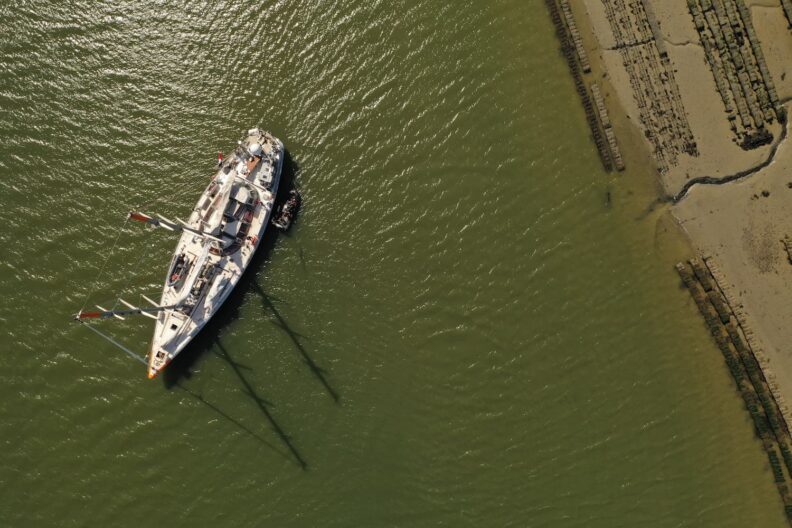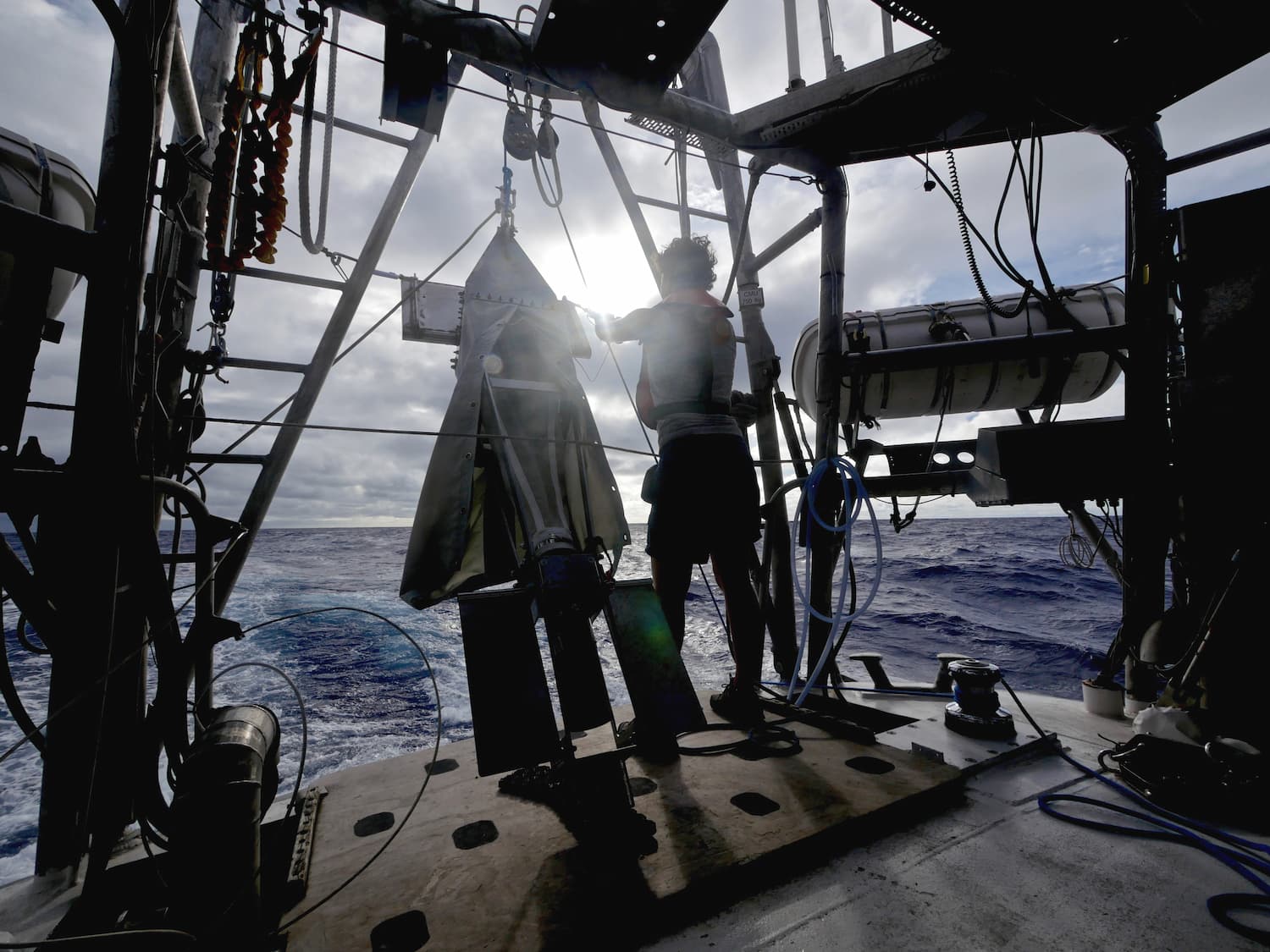Giving a voice to the invisible majority of the Ocean: the marine microbiome
An article published in Nature Microbiology on June 30, 2022, presents the importance of understanding microbial communities to improve our knowledge of the Ocean’s role in the climate system and better protect it.
The marine microbiome, key to life on Earth
What is a microbiome?
Until recently, some researchers referred to microbiome as the living environment of microorganisms1; others, as their genome. Then, in June 2020, dozens of specialists worldwide finally published a clear definition: a microbiome is a microbial community evolving within a well-defined habitat. The term therefore refers to both the microorganisms and their habitat.
What is the ocean microbiome?
“It combines a significant portion of plankton — i.e. all organisms drifting with marine currents — except small animals composed of several cells” explains Chris Bowler, codirector of the Tara Microbiome mission, scientific director of the Tara Oceans Consortium and director of the Tara Océan Foundation’s scientific committee. “To sum up, the ocean microbiome represents the entire unicellular life in the Ocean, as well as viruses. “
Microorganisms are found almost everywhere, thriving in the high seas, coral reefs, estuaries, mangroves, polar ice, deep-sea trenches, on and under rocks, in stomachs, on gills, fins, claws and even plastics.
They are billions in each liter of seawater and, although tiny, they present an astonishing genetic and morphological diversity.
Unknown microorganisms
The oceanic microbiome is composed of microscopic organisms — most of which are invisible to the naked eye and largely unknown, even though they account for more than 2/3 of the Ocean’s biomass.
Publication excerpt
Our understanding of marine ecosystems on the ocean surface (0-200 m) far exceeds that of deeper ecosystems, representing most of the Ocean’s volume. To date, the majority of ocean microorganisms remain uncharacterized.
Source: Priorities for ocean microbiome research
A very large number of microbes2 (including bacteria, archaea, fungi, microalgae, protists, and marine viruses) share space and food, while building complex relationships with each other and their environment.
Publication excerpt
The ocean microbiome is estimated at 4 gigatons of carbon (the unit used to calculate biomass), that is 4 times the overall biomass of insects on Earth.
Source: Priorities for ocean microbiome research
Throughout their lives, these organisms will play an essential role for the Ocean and our planet by participating in the balance of natural cycles (nutrients, oxygen and carbon dioxide). As the first link in the food chain, they feed on a daily basis a large part of humanity at the other end of the trophic network. The marine microbiome is also an key part of the climate machine. It produces as much oxygen and absorbs more carbon dioxide than all the world’s forests.
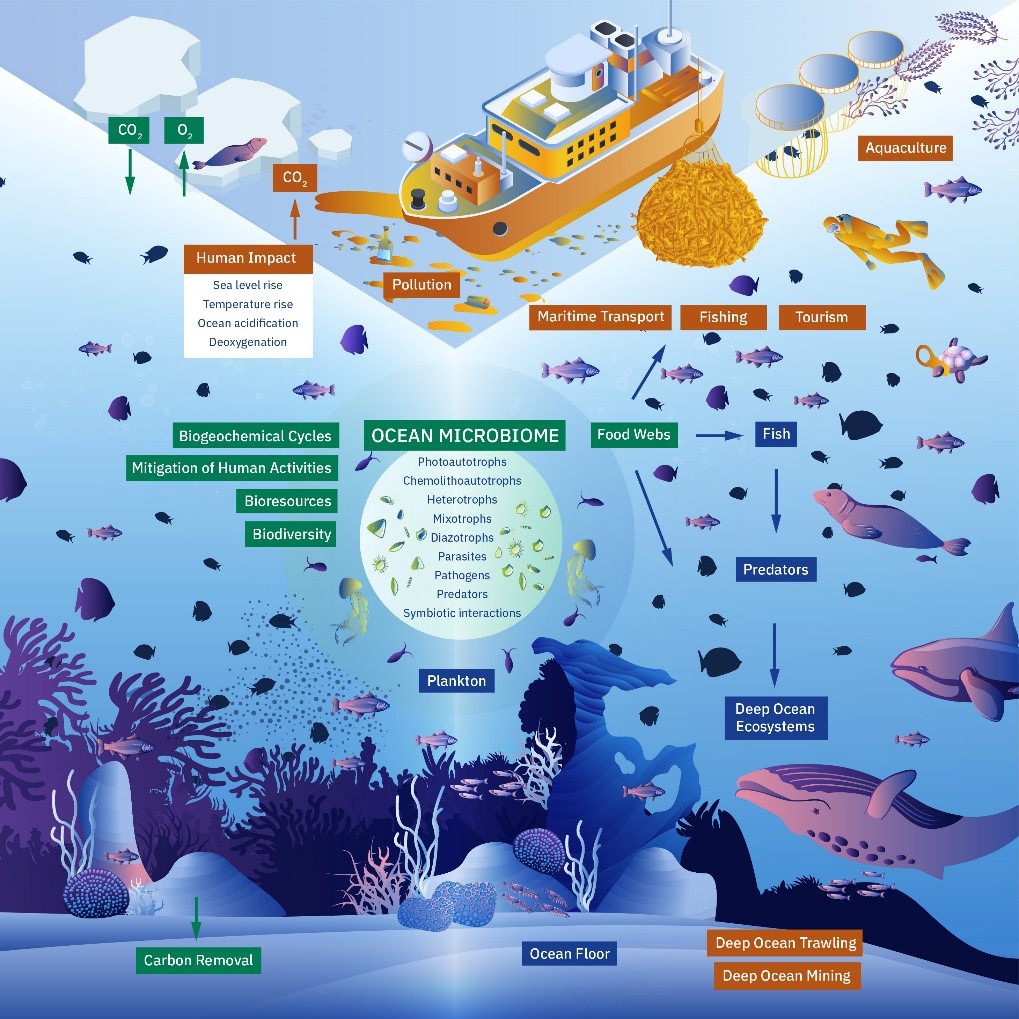
Disruptive factors for microbial communities
“We can draw a parallel with the human microbiome — the billions of microorganisms living in our gut. This microbiome is essential to our health, affecting our digestion, resistance to pathogens, and even our psychological well-being! Without it, we would simply not survive. It’s the same for the Ocean: its microbiome is absolutely crucial”, says Chris Bowler.
Like the microbiomes that surround us, the proper functioning of the ocean microbiome depends on the diversity and abundance of its microbial communities.
The threats we are currently facing, such as climate change, melting ice in polar regions, ocean acidification, coastal erosion, overfishing and pollution by plastics and contaminants, can also affect the marine microbiome, compromising:
- its productivity
- the amount of oxygen it produces
- the amount of carbon it carries towards the ocean depths.
Significant scientific advances in recent years
The first observations of marine microorganisms date back to the 1600s. But it is thanks to advances in the ocean microbiome research in recent decades that the relationship between the Ocean‘s health status and the state of its microbiome became clearer.
Research expeditions around the world, such as Tara Oceans and Microbiomes, made possible the sampling of ocean microorganisms on various sites worldwide. International and multidisciplinary teams then observed their anatomy, explored their ecosystems, sequenced their genomes and drew up inventories of their genes, proteins and molecular structures.
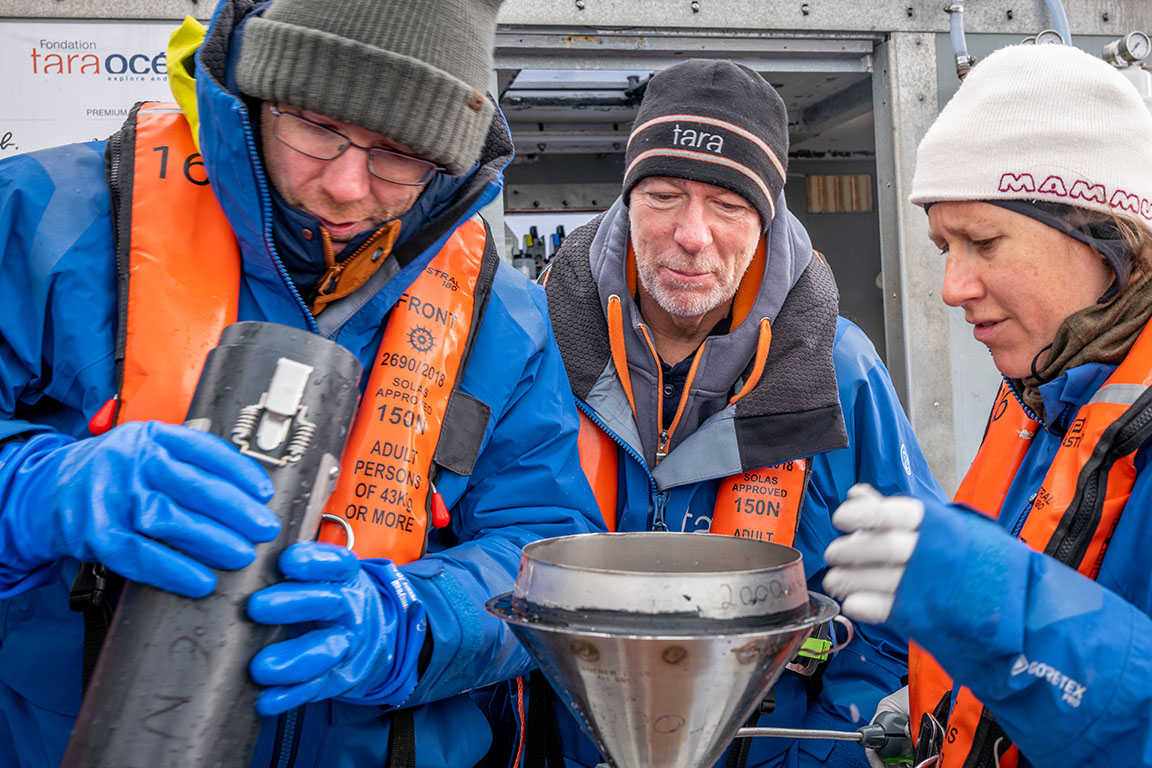
The taxonomic and functional diversity of the global ocean microbiome was revealed by recent technological advances in sampling, DNA sequencing and bioinformatics.
Publication excerpt
The total number of prokaryotic genes identified in the Ocean is similar to that of human intestine. However, the proportion of genes with unknown functions compared to that with known functions in ocean prokaryotes is more than 5 times higher than in the human intestinal microbiome.
Source: Priorities for ocean microbiome research
These advances help scientists:
- better understand the role of the ocean microbiome in the different natural cycles (nutrients and energy)
- predict the development of these microscopic populations on a large scale
- explore the amazing genetic diversity of these organisms
- identify organisms and genes that may have applications in biomedicine, bioremediation and the industry.
Research highlighted surprising symbioses, amazing genetics and extraordinary development.
However, major challenges remain.
At present, it is often difficult to identify the most important microbial players in processes such as nutrient cycles. It is complex to predict the impact of threats such as climate change and ocean acidification on microbial populations, their resilience, ability to adapt and evolve, and effectiveness in feeding the trophic network.
Our understanding of the marine microbiome must go beyond the simple identification of species. We must also understand their ecosystems.
We don’t know yet what the tipping points of the microbiome composition are or why the ocean’s microbiome is so diverse. Researchers don’t have a clear idea of the value of the ocean microbiome to humanity, the services it provides, and the damage it prevents.
All these questions and uncertainties make ocean microbiome science one of the most exciting areas of research today. Countless microorganisms and genes await to be discovered. There are many fascinating puzzles to solve about how their populations increase and decrease with seasons, currents, nutrients, salinity, temperature, depth and climate. There is much to be gained from studying their complex interactions with each other and larger plants and animals, such as fish, and from understanding these complex systems as a whole.
Just as research teams from around the world continue to uncover some of the greatest secrets of the ocean microbiome, there is a growing international focus on the Ocean. The United Nations Decade of Ocean Science for Sustainable Development (2021-2030) is a major opportunity to further develop our understanding of ocean microbes and raise public awareness on the importance of studying the Ocean for mankind. The ocean microbiome must be a central part of this research.
Research on the ocean microbiome is not only important for gaining a better basic understanding of marine ecosystems, it is also an essential tool for mobilizing wider action to protect the global Ocean.
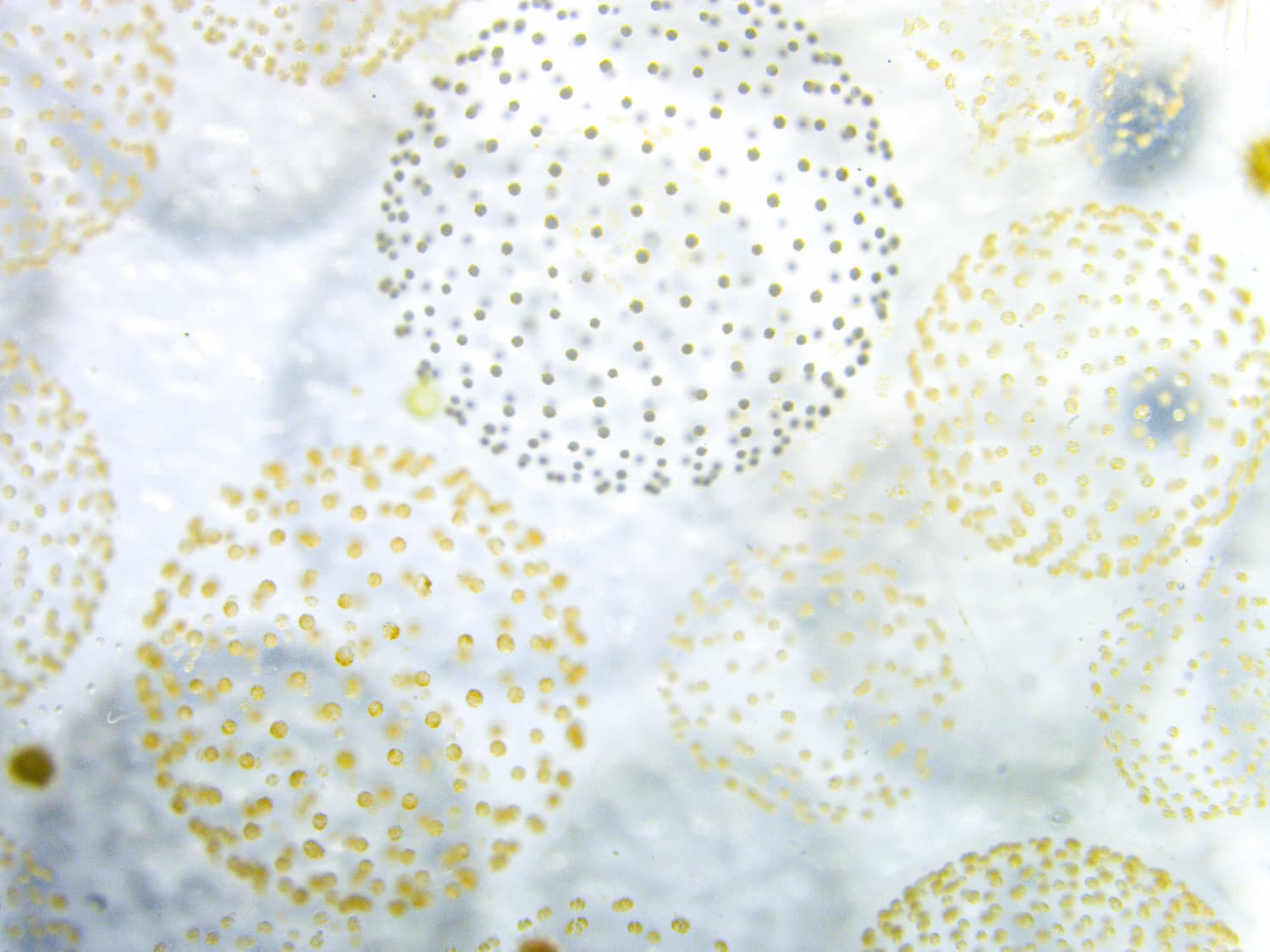
Towards a better understanding of these microorganisms
Understanding the ocean microbiome is one of the most exciting areas of research today since many scientific questions remain unanswered to date. A better understanding of the ocean microbiome will help support strategies designed to address environmental and societal challenges.
In the framework of the Tara Microbiome mission, for nearly 2 years (2020-2022), the schooner Tara sailed 70,000 km across the South Atlantic Ocean (along the South American and African coasts down to Antarctica), to study the services provided by the marine microbiome and its interactions with climate and pollution.
Unlike previous missions which carried out uniform sampling wherever the schooner traveled to identify what organisms and pollution were there, during the Tara Microbiome mission, we adapted the protocols to understand how the ocean microbiome functions
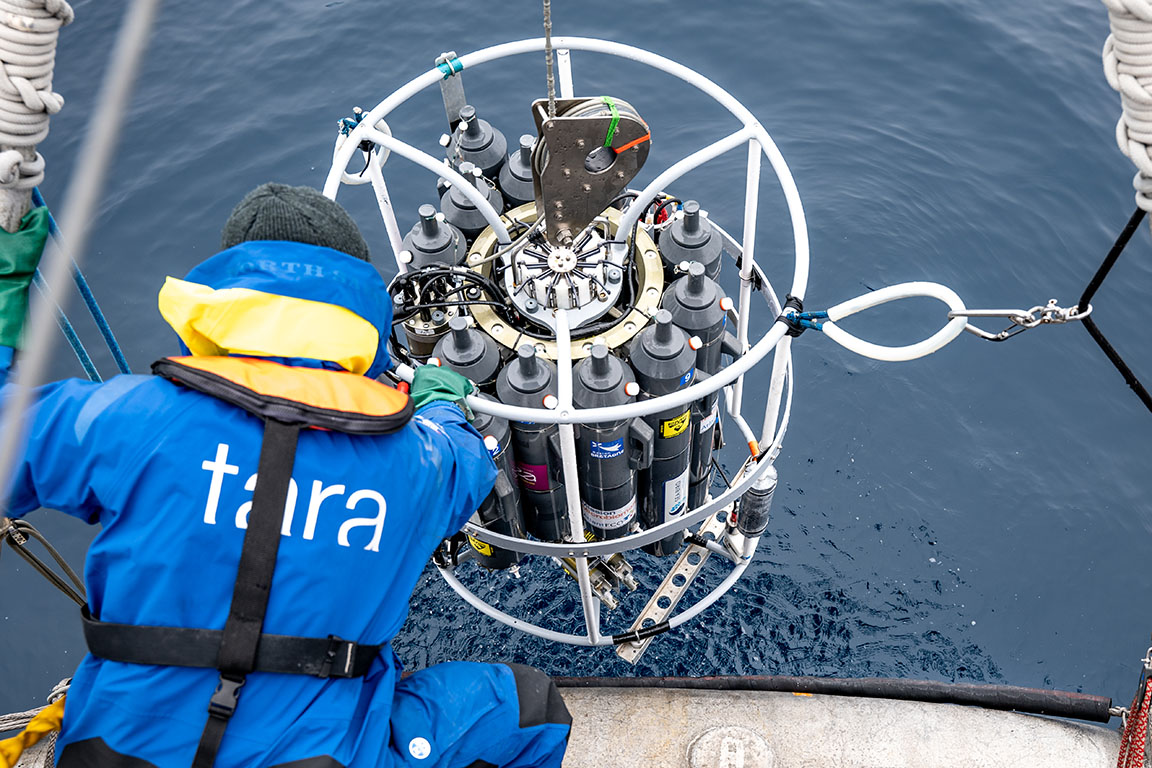
Conducting further research on the ocean microbiome
While research teams from around the world continue to uncover the marine microbiome’s greatest secrets, scientists from the Tara Oceans mission, the European Molecular Biology Laboratory (EMBL) and the European Marine Biological Resource Centre (EMBRC-ERIC) have been collaborating to gain a better understanding of this microbiome. They have helped define essential properties of the marine microbiome, its functioning, response to climate change and, above all, its impact on crucial services on which we depend.
The article published in Nature Microbiology aims to focus collective efforts to find the necessary tools and means to tackle one of the most important issues in marine biology today.
The article highlights the priority actions to be deployed to improve understanding and protection of the ocean microbiome:
- Conducting further research and observations in the marine environment
- Promoting the “Ocean culture” and the essential role of the marine microbiome
- Drawing up an open-access inventory of the marine microbiome to facilitate access to data from Marine Areas Beyond National Jurisdiction (ABNJ)
- Creating an atlas to assist research at the ecosystem scale
- Developing a health index of the ocean microbiome to then build an ocean health index
- Establishing specific research infrastructure and funding programs to ensure that ocean microbiome research benefits societies around the world, including in developing countries
- Developing affordable instruments and protocols that can be used by sailors and maritime industries to generate comprehensive, reliable and long-term data
- Deploying sustainable innovations in areas such as medicine, bioremediation and carbon sequestration
This document also identifies the immediate challenges we are facing and calls on multidisciplinary researchers, policy makers, educators, entrepreneurs, citizen scientists and the general public to contribute to addressing them.
The scientific publication was drafted by the Tara Ocean Foundation, the Tara Oceans scientific consortium, the European Molecular Biology Laboratory (EMBL) and the European Marine Biological Resource Centre (EMBRC).
1Micro-organism: Microscopic living being such as bacteria, viruses, unicellular fungi (yeasts), and protists.
2 Microbe: Unicellular microscopic organism.
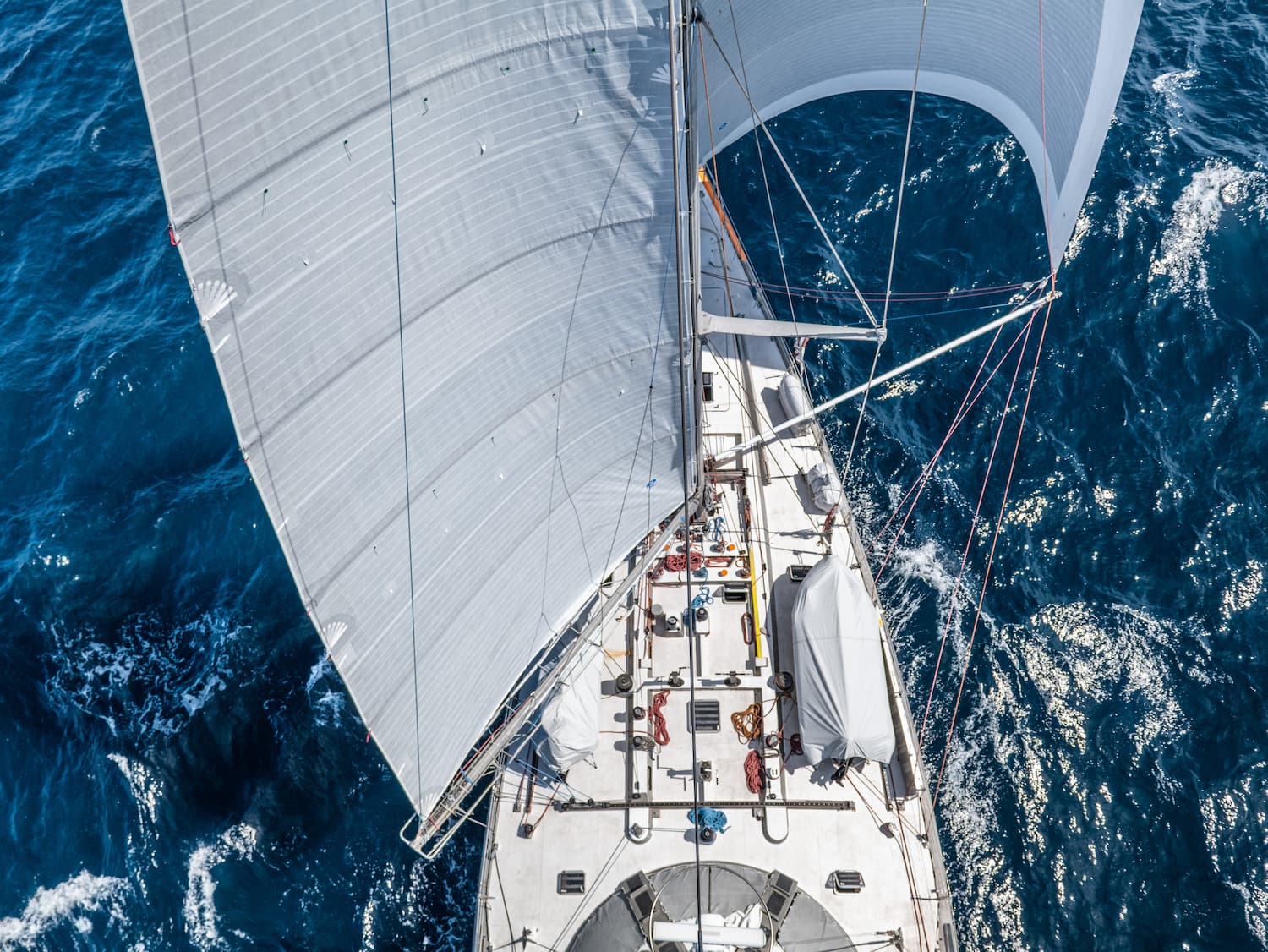
Tara, a legendary oceanographic sailboat
Evolution through scientific missions and shipyard overhauls
